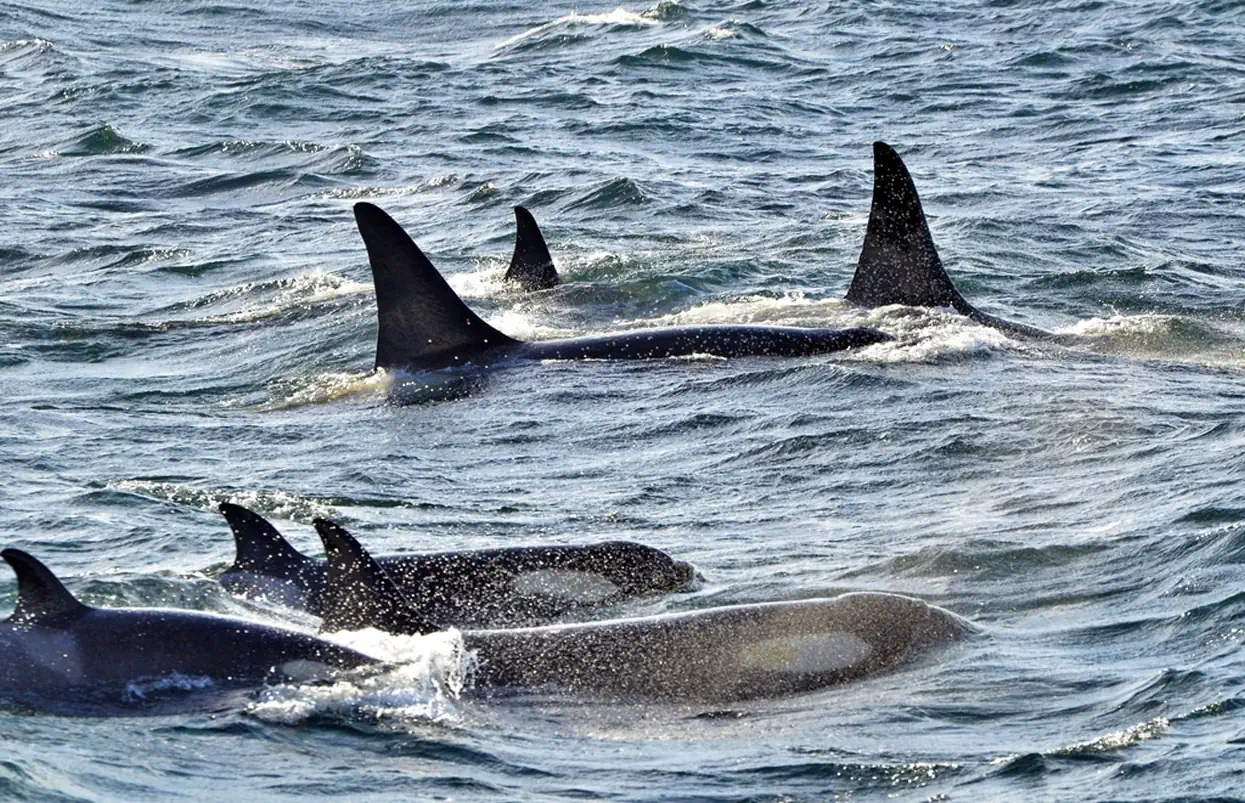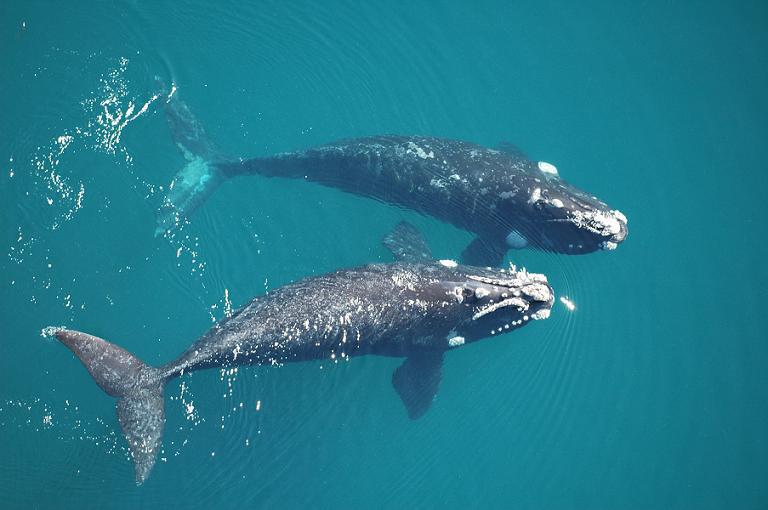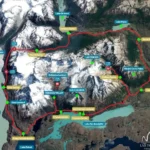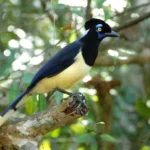
Exploring the Enchanting Sea Animals of Patagonia
Argentina’s stunning coastline offers a rich diversity of marine life from majestic whales to adorable penguins, making it a haven for wildlife enthusiasts. Visitors can witness the spectacle of southern right whales breaching offshore, marvel at colonies of playful sea lions basking in the sun, or encounter the iconic Magellanic penguins waddling along the shore. The combination of rugged landscapes and abundant marine life makes Patagonia a unique destination for unforgettable wildlife encounters.
Sea Elephants and Sea Lions
From the playful antics of South American sea lions to the serene presence of southern elephant seals, these marine mammals enchant visitors with their charm and resilience.
1. Southern Elephant Seals: these fascinating marine mammals are the largest seals in the world by size, reaching lengths of up to 6 meters (20 feet) and weighing as much as 4,000 kilograms. These seals are known for their large, inflatable proboscis, which resembles an elephant’s trunk, hence the name. The proboscis is used by adult males to produce loud roaring sounds during mating competitions, establishing dominance over rivals.
2. South American Sea Lion: also known as the Southern Sea Lion, is a charismatic and social marine mammal characterized by their external ears and ability to “walk” on land using their flippers. Reaching lengths of up to 2.5 meters and weigh around 300 kilograms. One of the distinctive features of the South American Sea Lion is the male’s thick, bushy mane, which becomes more prominent as they mature. The coloration of their fur varies from light brown to almost black, with lighter shades typically seen in females and juveniles.
Whales: largest Sea Animals of Patagonia
Patagonia is renowned as one of the world’s premier destinations for whale watching, offering visitors the chance to witness these majestic giants in their natural habitat. The region’s extensive coastline provides ample opportunities to encounter several species of whales, including the iconic southern right whale, humpback whales, and orcas.
1. Southern Right Whales: from June to December, the waters off the Patagonian coast are an important breeding area for these whales, so visitors have many opportunities to see these majestic creatures. Adult southern right whales can reach a length of up to 15 meters and weigh up to 60 tons, with females being slightly larger than males. Despite their enormous size, southern right whales are extraordinarily agile swimmers, capable of leaping completely out of the water and striking the surface with their tails and flippers, behaviors often observed during courtship and social interactions. One of the most endearing aspects of southern right whales is their affectionate behavior with their calves. After a gestation period of approximately one year, females give birth to a single calf in the protected waters of bays and inlets.
2. Humpback Whales: easily recognizable by their long pectoral fins, which can reach up to a third of their body length, as well as by their distinctive knobby head and throat grooves, which allow their throat to expand during feeding. They are among the largest whale species, with adults typically measuring between 12 and 16 meters in length and weighing up to 40 tons. One of the most captivating aspects of humpback whales is their spectacular breaching behavior. They launch themselves out of the water, often twisting and turning before splashing back down with a loud splash. Scientists believe this maneuver may serve multiple purposes, such as communication, play or parasite removal. Humpback whales are also famous for their haunting songs, which are complex vocalizations that can last for hours and are believed to play a role in mating rituals and communication within their social groups.
3. Orcas: top predator of the Sea Animals of Patagonia: also known as killer whales, are the ocean’s top predators and are among the most emblematic and intelligent marine mammals in Patagonian waters. These powerful creatures are characterized by their striking black and white coloration, large dorsal fin and remarkable social structure. In Patagonia, killer whales are common, especially in the colder months, when they hunt along the coasts and in the rich feeding grounds of the Southern Ocean. They are incredibly adaptable hunters. One of the most fascinating aspects of killer whales is their complex social structure. They live in close-knit family groups known as pods, led by a matriarchal female. Each pod has its own dialect of vocalizations, such as clicks, whistles and calls, which they use to communicate and coordinate during hunting and social interactions. Killer whales are highly intelligent animals and are able to learn and transmit cultural behaviors within their pods.
Dolphins
Patagonia is home to several species that enchant visitors with their playful antics and graceful presence in the waters off its coastline.
1. Peale’s Dolphin: are easily recognized by their distinctive black and white coloration, with a dark dorsal part and a lighter underside. They are usually found in shallow coastal waters, especially around rocky shores, where they feed on fish, squid and crustaceans. These dolphins are known for their acrobatic displays, often leaping out of the water and riding on bow waves created by ships.
2. Commerson’s Dolphin: also known as panda dolphins because of their striking black and white markings, are found in the coastal waters of Patagonia, especially around the Strait of Magellan and the Falkland Islands. They are smaller than Australian dolphins, with a more streamlined body and a distinctive black spot around the eyes. Commerson’s dolphins are very social animals and are often seen in groups, jumping and playing together in the waves.
Penguins
We’ve made a lot of articles regarding these amazing Sea animals of Patagonia. If you are interested, check them out in our posts Penguins in Patagonia, Birds of Patagonia.
Wildlife tours in Argentina and Chile
We’re a local travel company that offers personalized tours in Argentina and Chile, and part of our sustainability principles, is to help strengthen regional economies. Particularly, those committed in taking care of the environment. We invite you to explore our tours below:
Cruise Ushuaia to Punta Arenas
Whale Watching in Peninsula Valdes & Puerto Madyrn
Let’s start planning your next experience!
0


















